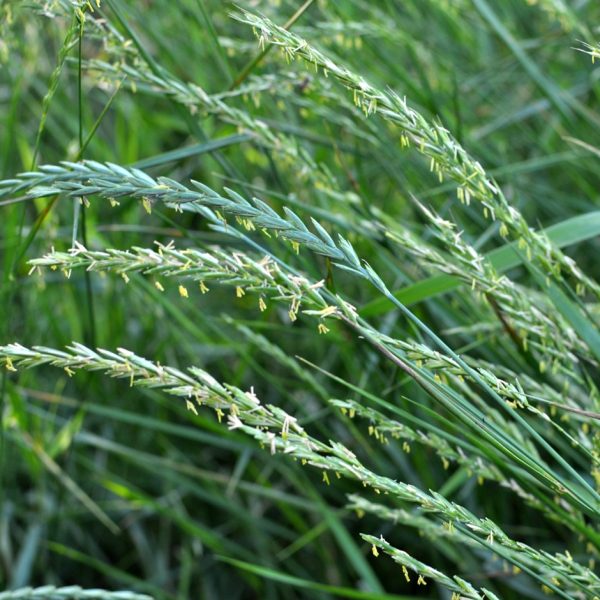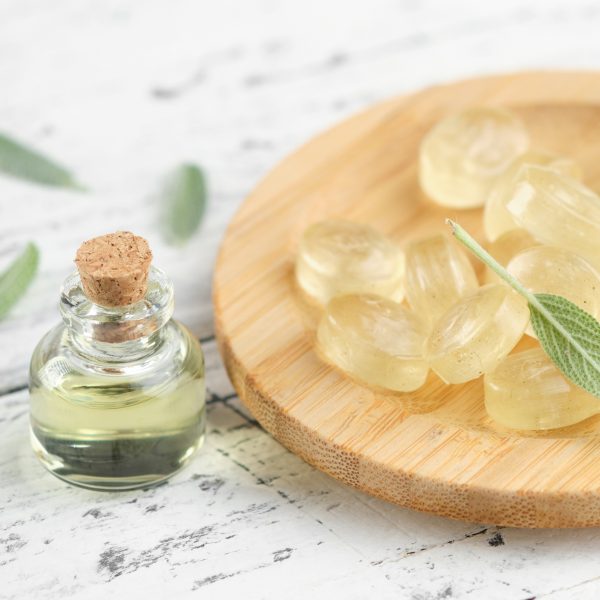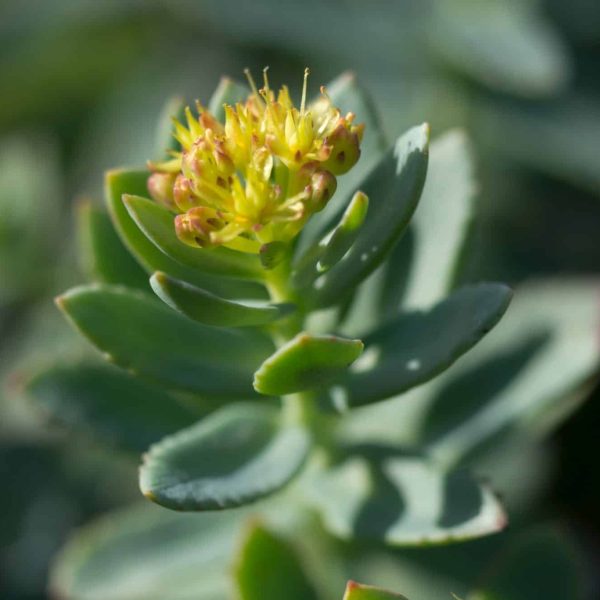Wild harvested plants are the ingredients to many different products across many different industries. This can put a strain on population sizes, but WildCheck are doing something about it. This article shares with you the conservation action being taken to protect the plants and harvesters.
Wild plants: Unknown risks, increasing demand

Wild plants are an essential resource for human and environmental health but are under threat. The IUCN Medicinal Plant Specialist Group estimates that over 26,000 species from around the world are used for medicinal and aromatic purposes. They can be found in our everyday products like teas and shampoo, yet little information is available on them: only about 20% have had their global threat status assessed against the criteria of the IUCN Red List of Threatened SpeciesTM. Of those assessed, one in ten species are threatened with extinction in the wild.
Amid an already increasing global trade of medicinal and aromatic plants (nearly doubling in value over the past two decades), the COVID-19 pandemic stimulated a surge in demand for some species used as a prevention or treatment of the virus. These facts highlight an urgency to understand the journey of our herbal ingredients, from source to product, and their status in the wild before they are unwittingly exploited to extinction.
Yet, so often, there is a disconnect between consumers and the ingredients in their everyday products, and even between different points in the supply chain, including suppliers, manufacturers, herbalists and retailers. In recent years, TRAFFIC – a global NGO working to ensure the trade in wild plants and animals is not a threat to the conservation of nature – has been working to close this knowledge gap across the supply chain.
WildCheck platform: Unearthing risks and opportunities for the wild plant trade
The WildCheck Platform, launched in October 2022, is one large step forward in making information about the origin of herbal ingredients more readily available and understood.

WildCheck is an online knowledge and collaboration platform that offers objective insights and advice on sourcing of wild ingredients to support business, investment, and policy scoping, as well as consumer education. It contains a series of plant profiles, detailing aspects such as the uses, top-producing countries, and conservation status of wild plant ingredients. The profiles also contain the biological and social risks and opportunities associated with their trade, so that these can be taken on board not only to ensure the future survival and supply of these precious plant species, but also for the improved welfare of the people involved in their provision. People engaged in the wild-harvesting of plant resources are generally rural and marginalised – with a high proportion of women participating, sometimes involving children and the elderly, and with harvesters typically having few other opportunities to earn an income.
Currently, the platform focuses on twelve flagship plant ingredients (the ‘Wild Dozen’), chosen to be representative across the spectrums of harvest management level, harvesting pressure, social inequality of trade, and size of the market. Platform content is sourced from the WildCheck Report, a more detailed resource published earlier in 2022, co-authored by TRAFFIC, FAO, and the IUCN Species Survival Commission Medicinal Plant Specialist Group.
One of the leading ambitions behind the Platform is that those in the medicinal herb community (including businesses, manufacturers and practitioners) will examine their supply chains and invest in responsible sourcing of wild plant ingredients that support the ecosystems and social communities from which they come.
The trade in jatamansi (Nardostachys jatamansi) provides an excellent model for achieving just that.
Jatamansi: A blueprint for holistic, responsible sourcing
Jatamansi is one of WildCheck’s Wild Dozen: a perennial, aromatic plant that grows in the Himalayas, the roots of which are harvested for their medicinal properties. As well as having anti-bacterial and anti-fungal properties, it is used to treat a variety of mental health conditions, and is also used in perfume and beauty products. Its top producer is Nepal, where it is estimated to benefit 15,000 people, providing up to 25% of their annual income. In recent decades, habitat loss and overharvesting have driven the decline of this very valuable plant, resulting in it being assessed as Critically Endangered on the IUCN Red List of Threatened SpeciesTM and listed on CITES Appendix II.

In this situation, one might think the best course of action would be to prohibit the harvest of jatamansi in a desperate effort to prevent its extinction – however, sustainable wild harvesting has been demonstrated to be an important opportunity for species and people. Since 2018, TRAFFIC has been working with the Nepalese government and local partners to continue the trade of jatamansi in a sustainable and beneficial manner, using the FairWild standard for a sustainable and fair wild harvest.
The WildCheck Platform lists the risks that need to be considered in order to harvest the plant sustainably and ethically, including the small, scattered nature of jatamansi populations, and the health and safety of the harvesters.
Through the work of TRAFFIC and local partner ANSAB, local communities are provided with the knowledge and tools needed for the best collection methods to ensure sustainable harvest, as well as how to manage the impacts of climate change and other drivers of biodiversity loss.
By taking a holistic conservation approach, the environmental benefits are many: the survival of jatamansi is safeguarded, whilst also providing the ecosystem with climate resilience and protecting habitat for other high-conservation priority species such as kutki (Neopicrorhiza scrophulariiflora) and the Himalayan Fritillary Fritillaria cirrhosa. The Endangered Snow Leopard (Panthera uncia), which lives in the same high-altitude habitats where jatamansi occurs, secondarily benefits from a healthy ecosystem protected through sustainable trade.
In the first three years of the project, over 10,000 ha of Nepalese forest and meadows were brought under improved management. TRAFFIC hopes to extend this to 25,000 ha through a continuation of the project to 2024.
In terms of social benefits, harvesters are able to get a fair price for their product, benefit from partnerships with other stakeholders and experience safe working conditions ensured by certification standards. This is in addition to ensuring the continued availability of this critical medicinal resource upon which many communities rely.
The WildCheck Platform provides the knowledge and insight into complex supply chains that can inspire further responsible sourcing efforts, not only across the whole jatamansi trade but for other plant ingredients elsewhere in the world too.
Liquorice: Looking beyond the conservation status
More widespread and widely known than jatamansi, many would be surprised to learn that liquorice is mostly harvested from the wild. Primarily used in herbal teas, food, cosmetics and medicine, it is assessed globally as Least Concern on the IUCN Red List and therefore may appear on the opposite side of the spectrum to jatamansi.

However, in recent times, it has been in higher demand for use in COVID-19 medicines, and despite its use dating back to 3000 BCE, rising demand is now creating risks for its long-term viability. Since it is the roots that are harvested, plants are destroyed through collection, thus needing additional caution of overharvesting.
Liquorice typically needs between three to five years for the roots to regenerate following a harvest, but in Kazakhstan for example, most harvesting occurs on land that is not owned by the state, so a mandatory recovery period cannot be enforced.
In addition, liquorice plays a crucial ecological role. The WildCheck Platform describes liquorice as a pioneer species that can help re-establish damaged or depleted land. It can improve soil health by increasing nitrogen content and organic matter while improving its water-holding capacity. By extension, poorly managed collection does not only affect liquorice survival but can cause land degradation and desertification, and lead to landslides and floods, as there is not enough vegetation to form a natural defence.
The Platform, therefore, demonstrates that a Least Concern status does not provide grounds for complacency when it comes to trade in medicinal plants.
Yet if harvests are managed well, the trade can provide a bedrock for land conservation and sustainable local economies, and continue to benefit international markets for medicine, tea, cosmetics and more.
On the human side, the WildCheck Platform demonstrates the importance of a fair wage for liquorice harvesters, noting that a number of the countries where harvesting occurs have concerning rates of modern slavery and child labour. Those within the herbal community that are sourcing liquorice from these countries should seize the opportunity to investigate their supply and improve the rights of those harvesters critical to its trade.
The “We Use Wild” Pledge: Committing to a better future for wild plants

As well as acting as a repository for information on wild plant ingredient supply chains, the WildCheck Platform provides users with the means to get involved: to start investigating their own supply chains and acting on the potential risks and opportunities.
Companies who want to improve their sustainability and ethics can sign the We Use Wild Pledge: a voluntary, self-led initiative that increases awareness and provides a pathway to responsible sourcing of wild-harvested plant ingredients. They will collaborate with peers and be part of a growing movement to address the biological and social risks behind wild-harvested ingredients.
The Platform also hosts a blog where those in the herbal ingredients industry and other interested parties can read the shared tips and experiences of others who have already begun to pursue responsible sourcing, including through signing the Pledge.
The stories of jatamansi and liquorice are just two examples of the impacts and opportunities that can be seized through responsible wild ingredients trade, to the benefit of our future, locally and globally. Exploration and amelioration of the supply chains of the rest of the Wild Dozen and beyond have vast potential within a relatively untapped area of conservation and social justice.
































